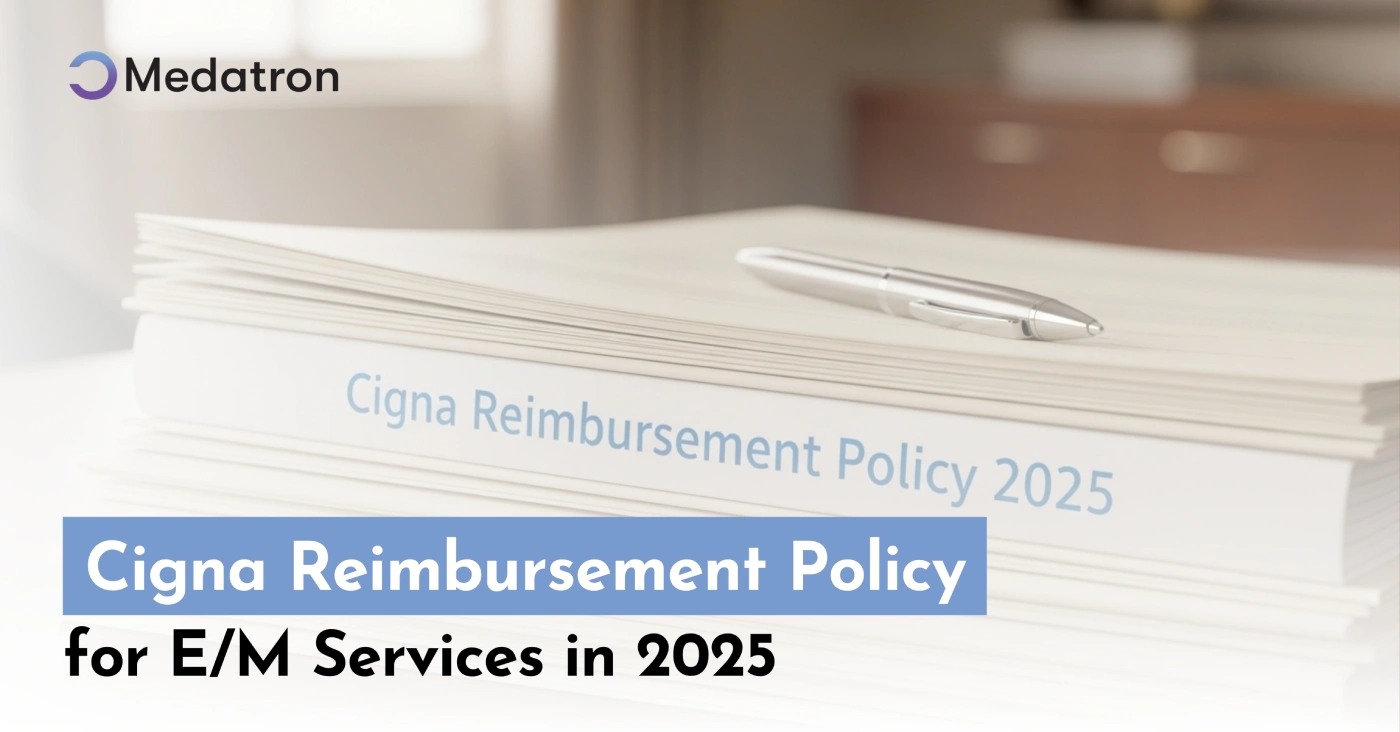The healthcare billing world uses codes and terms that precisely define why a claim has been paid, denied, or adjusted. Some of these crucial codes in understanding why an insurance company or payer did a particular thing on your claim include Claim Adjustment Reason Codes and Remittance Advice Remark Codes. The difference is in what each one represents; while related, the use is often individual.
This blog post will explain what all these codes mean, how they are used, and the difference between RARC and CARC in detail.
What is a Claim Adjustment Reason Code (CARC)?
CARCs stand for Claim Adjustment Reason Codes. These codes explain in detail why a claim or part of a claim was paid, denied, or adjusted. These CARCs are part of the remittance advice sent to healthcare providers by insurance payers after they have processed their claims. CARCs have short explanations for the adjustments, such as underpayments, overpayments, or denial.
CARCs are standardized and follow the format defined by HIPAA. The codes are meant to assist healthcare providers in understanding the outcome of their claims and help them identify the need for further action, such as resubmitting a claim or appealing a denial.
Examples of CARCs
- CO-45: Charges exceed your contracted/legislated fee schedule.
- PR-96: Non-covered charges.
- M-54: Services denied because of missing information.
- A1: Applied deductible.
CARCs are typically on the Explanation of Benefits (EOB) or Remittance Advice (RA), which is given to providers once a claim has been adjudicated. The codes serve as helpful reminders for both billing practitioners and healthcare providers to administer claim reimbursement and ensure accuracy.
What is a Remittance Advice Remark Code (RARC)?
Remittance Advice Remark Codes are supplemental information or explanations associated with the CARC for explaining benefits or remittance advice. Whereas CARCs describe the reason for an adjustment, RARCs provide details that may help the provider understand the context of the CARC or how to fix the problem. The helpful notes may also direct the provider on what action to take next.
In other words, the RARCs are the supplemental set of codes used to describe or clarify the CARC. They might explain the billing problem, further payment information, or even resubmit instructions.
Examples of RARCs:
- N130: Claims submission or documentation is missing/incomplete/invalid.
- M78: Payment is being adjusted due to a prior claim already processed.
- MA130: Patient not covered by this payer.
- N412: There was no authorization for that procedure or service.
Although CARCs don’t directly indicate payment changes, RARCs help provide context to the need for additional documentation, missing data, or information that may have been overlooked.
Key Difference Between RARC and CARC
The main difference between RARC and CARC to help you better understand their roles in claims processing is discussed below:
| Feature | Claim Adjustment Reason Code (CARC) | Remittance Advice Remark Code (RARC) |
|---|---|---|
| Purpose | Provides the primary reason for the claim adjustment (payment, denial, or reduction). | Provides additional explanation or clarification of the CARC, offering further detail. |
| Code Format | A three-digit numerical code (e.g., CO-45, PR-96). | A four-character alphanumeric code (e.g., N130, MA130). |
| Usage | Describe why a claim was paid, denied, or adjusted (e.g., underpayment, denial). | Clarifies the details of the CARC or provides additional instructions (e.g., missing documentation, next steps). |
| Origin | Issued by the payer (insurance company or Medicaid/Medicare). | Issued by the payer, often in combination with a CARC, on the remittance advice. |
| Impact on Provider | Determines if payment will be made, adjusted, or denied. | Helps the provider understand how to resolve or address the CARC. |
| Examples | – CO-45: Charges exceed your contracted/legislated fee schedule. – PR-96: Non-covered charges. |
– N130: Missing/incomplete/invalid claims submission or documentation. – M78: Payment adjusted due to a previously processed claim. |
How Are CARC and RARC Used Together?
CARCs and RARCs work together to give a complete view of the claims process. While the CARC will indicate why an adjustment was made (for example, the service wasn’t covered or the provider exceeded the fee schedule), the RARC will provide additional information on correcting the adjustment (for example, the missing documentation that caused the denial).
For instance, suppose a claim was denied due to “non-covered charges” (CARC: PR-96). The RARC could further explain this denial by indicating that “the patient’s insurance does not cover the procedure” or “the service was not authorized.” In this manner, the RARC gives the provider concrete steps to correct the situation or avoid future denials.
Why Are CARC and RARC Important?
The importance of understanding CARCs and RARCs for healthcare providers lies in the following reasons:
- Accurate Claim Processing: CARCs will help providers know why a claim was denied, reduced, or adjusted, thus enabling them to act promptly.
- Efficient Follow-Up: Through RARCs, providers can get more specific guidance on what action needs to be taken, such as resubmitting claims with the correct documentation or appealing a decision.
- Better Revenue Cycle Management: A provider gets to improve its billing procedures, decrease the chances of errors, and ensure proper reimbursement through a review of CARCs and RARCs.
- Regulatory Compliance: Providers are at liberty to follow insurance payers’ policies, and this is through CARCs and RARCs.
How Medatron helps to deal with these denial codes
Medatron supports healthcare providers in efficiently handling and resolving denied claims with a complete suite of tools that automatically track, analyze, and resubmit. The features of Medatron, such as automated claim scrubbing, payer-specific guidelines, and appeal generation, make the denial management process streamlined.
The real-time alerts, denial reason explanations (CARC and RARC), and automated suggestions for corrections all help providers quickly address the issues, reduce errors, and speed up payment recovery. Moreover, Medatron’s analytics tools help identify recurring denial patterns, enabling providers to proactively prevent future denials and optimize their revenue cycle management for improved financial outcomes.
Take Your Small Business to the Next Level with Expert Denials Management Services!
Conclusion
In summary, Claim Adjustment Reason Codes (CARCs) and Remittance Advice Comment Codes (RARCs) are two core tools of the claims-processing system. They provide needed information regarding why a particular claim was paid, adjusted, or denied and explain and instruct on how to resolve issues.
- CARCs provide the main reason for adjustment, including payment denials and reductions derived from CARCs.
- RARCs provide additional explanation or support to help providers better understand the CARC context and what they need to do next.
Understanding these codes and how they interact will guide healthcare providers through the very often confusing world of billing, ensuring correct payment and decreasing errors in claim processing. Medatron offers a comprehensive suite of tools to help healthcare providers streamline the claim denial management process.







